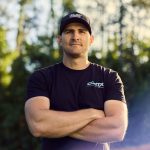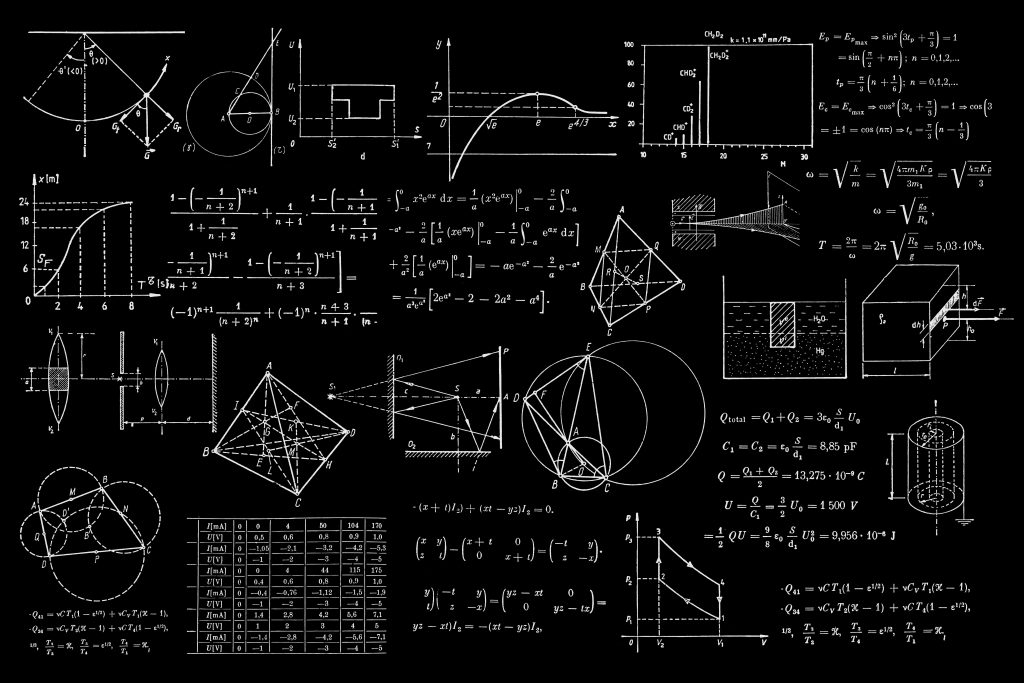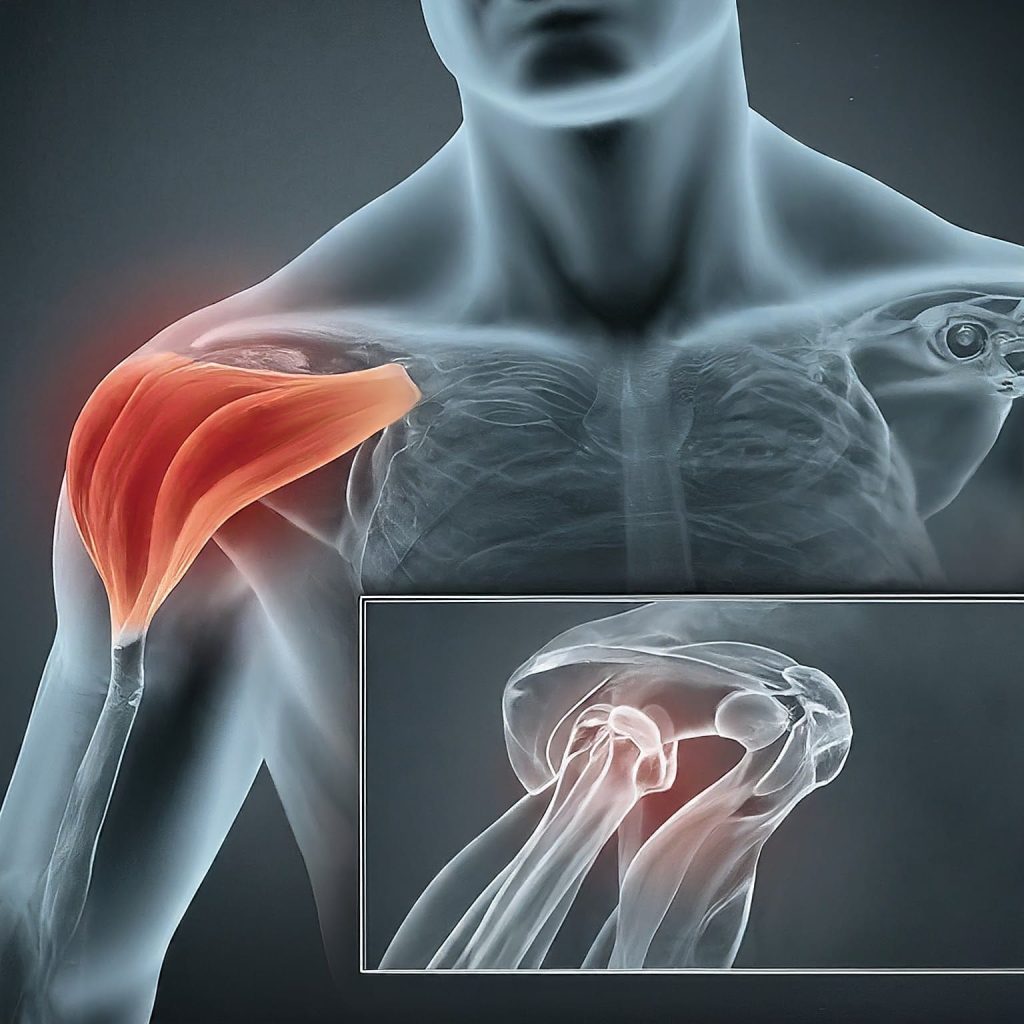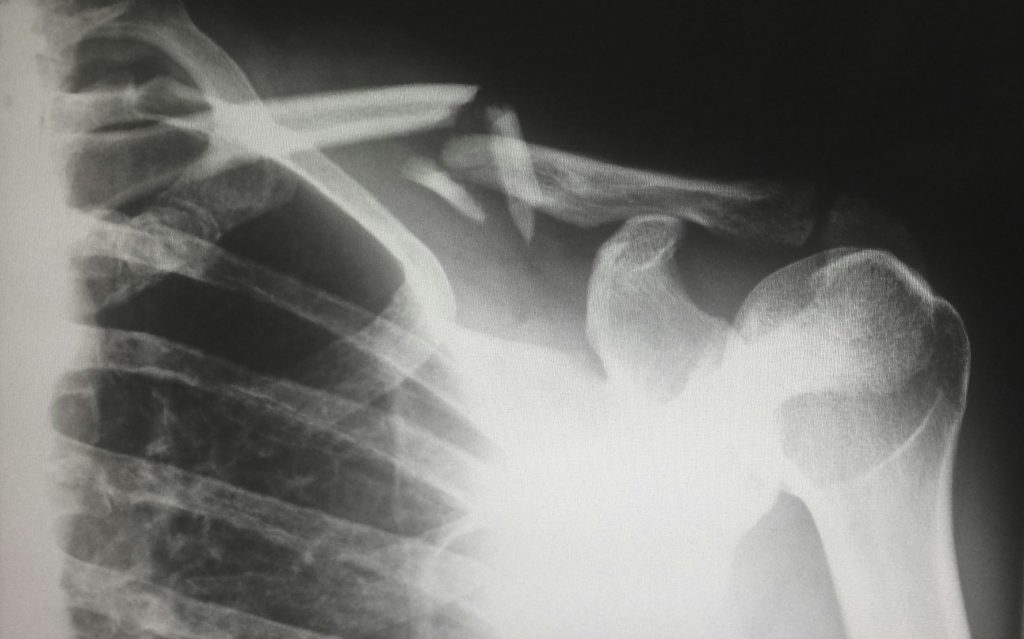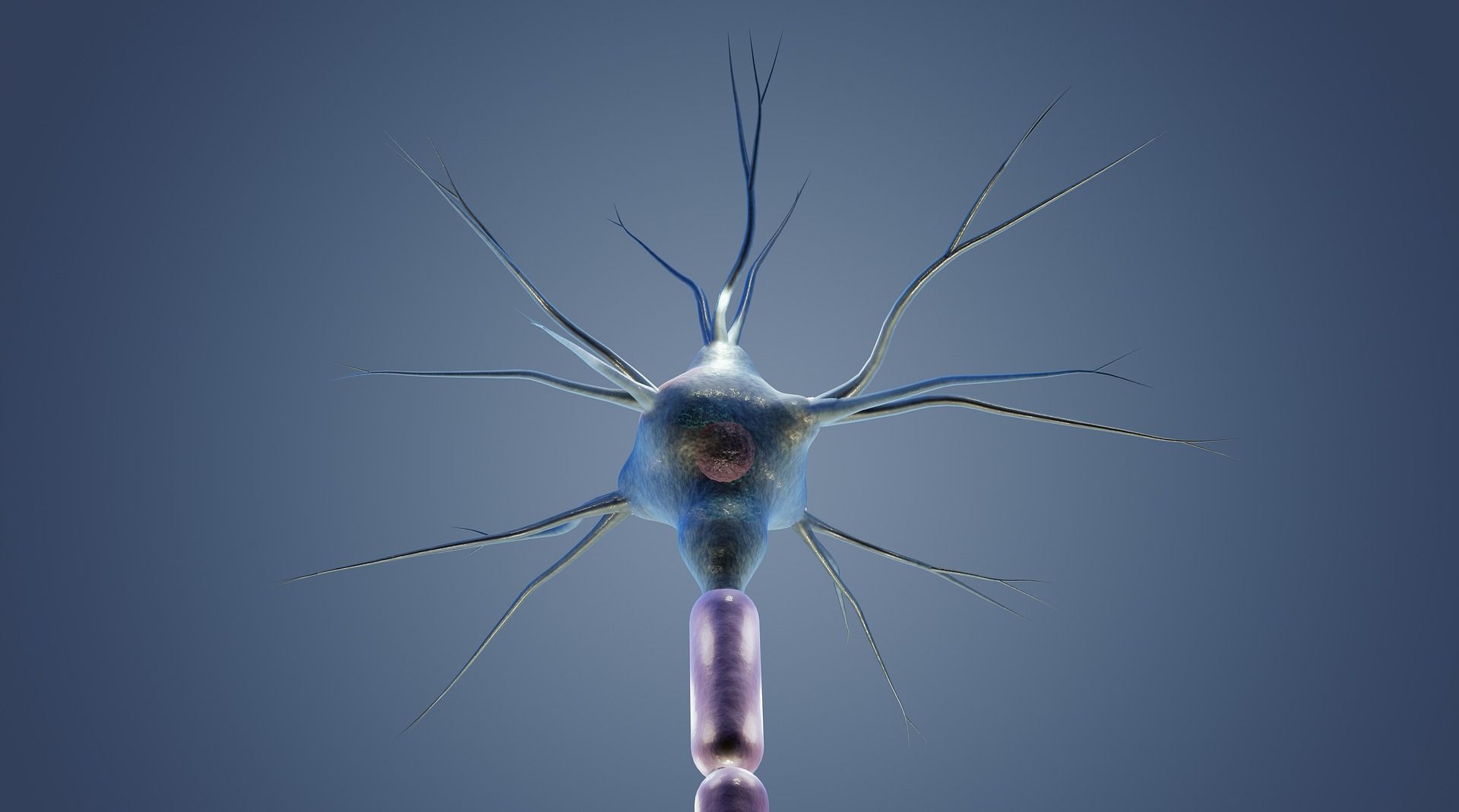
Constraint-Based Learning: Teaching system with a “hands-off” approach that is founded in non-linear pedology and ecological dynamics. The hallmarks of motor learning are founded in an athlete’s ability to self organize a task to meet the demands of an environment. Instead of explicit, overly linear and detailed instructions (cognitive), the instructor (coach) develops tasks that have varying types and levels of “constraints”. The athlete’s job is to solve these tasks (problems) by repeated trial, without explicit instructions from the coach.
Constraints: Can be the individual, the task, or the environment. All three are constantly interacting. Adjusting, limiting, or modifying parts of any or all of the constraints adds a certain focus on what decision you want your athlete to solve for. Constraints from a coach can create a space where the athlete needs to determine a solution to the “problem” with varying pieces of their coordination ability. This is where skill acquisition takes place.
Embedded JavaScript
Actionable Mechanism for Athletes and Coaches:
- Constraint “Drills” should be given in the context of an overarching development plan based on the limitations currently seen in an athlete’s movement and/or skill profile.
- After assessing an athlete’s movement (i.e. throwing for a QB), a coach can review the areas of need with the athlete.
- Instead of addressing these “mechanical” changes directly on the mound a coach and athlete can employ a constraint-led approach, founded in ecological dynamics, to better self organize and learn a skill.
- Simplifying the environment, manipulating the object size/weight, and many other constraint ideas can help the athlete simplify their goals and create an exploratory self improvement situation.
- Gradually reducing the constraints when an athlete improves their movement or skill, and returning to the “sport environment” adds layering of the new movement pattern into sport specific activity.
- Continued practice of the skill with a “warm-up” of the constraint based drill helps reinforce patterns as an athlete progresses down autonomous skill retrieval.
Example:
- A quarterback is being assessed and the coach notices they are leaking their weight to the front foot early and drifting their torso open at the same time as their hips (poor hip-shoulder separation).
- This is leading to poor velocity and a “pushing” motion of the football with poor spin.
- The coach decides to constrain the movement to focus on one portion of the movement flaw (hip-shoulder separation), which may or may not be the reason the athlete is drifting open early and pushing.
- The coach takes the football away and gives the athlete a 1000g plyo ball (new stimulus from an altered shape and weight compared to a football).
- The coach then teaches a new drill called a torque throw or a drop-step throw.
- The focus of both of these drills can be an OVER emphasis on torso counter-rotation over an already opened (rotated) pelvis.
- The athlete looks sloppy with the drill early and needs a small amount of tactile and verbal cuing to explain the drill a few times.
- Then, the coach is quiet while the athlete learns how they will organize the new size and shape of the ball, the new pattern, and the funky feel of being limited in their lower half movement with excessive upper half movement.
- The athlete begins to throw the drill with more intent and more separation
- Following the drill the coach throws a few footballs with the QB again reminding them to think of the feeling and pattern they just explored
- Boom, the athlete shows SOME hip-shoulder separation and has less drift and push over the front leg.
- This is just the beginning of building a larger motor plan and many more months of non-linear progression and drills are needed, but that is the start of building a new skill or shaping movement through a dynamic systems approach.
References:
- Seifert L, Davids K. Ecological Dynamics: a theoretical framework for understanding sport performance, physical education and physical activity. HAL Archives Ouvertes. Published September 1, 2015. Accessed December 10, 2021. https://hal.archives-ouvertes.fr/hal-01291044
- Nonlinear Pedagogy in Skill Acquisition: An Introduction. Routledge & CRC Press. Accessed November 23, 2022. https://www.routledge.com/Nonlinear-Pedagogy-in-Skill-Acquisition-An-Introduction/Chow-Davids-Button-Renshaw/p/book/9780415744393
- Woods CT, McKeown I, Rothwell M, Araújo D, Robertson S, Davids K. Sport practitioners as sport ecology designers: how ecological dynamics has progressively changed perceptions of skill “acquisition” in the sporting habitat. Front Psychol. 2020;11:654.
- The ecological dynamics of decision making in sport. Psychology of Sport and Exercise. 2006;7(6):653-676.
- https://hal.archives-ouvertes.fr/hal-01291044/document
- Davids, Keith et al. “An Ecological Dynamics Approach to Skill Acquisition: Implications for Development of Talent in Sport.” (2013).
- Seifert L, Davids K. Ecological Dynamics: A Theoretical Framework for Understanding Sport Performance, Physical Education and Physical Activity. First Complex Systems Digital Campus World E-Conference 2015. Published online December 26, 2016:29-40. doi:10.1007/978-3-319-45901-1_3
- Ecological dynamics: Maximising transfer of training. Sportsmith. https://www.sportsmith.co/articles/ecological-dynamics/
- https://lsv.com.au/wp-content/uploads/constraints_led_approach.pdf
- Sigmundsson H, Trana L, Polman R, Haga M. What is trained develops! Theoretical perspective on skill learning. Sports. 2017;5(2):38.
If you’re interested in learning how to train, develop, and perform like an NFL Quarterback, join the waitlist below or check out kinetex.co. If you’re interested in reading more posts on all things quarterbacking and throwing biomechanics, make sure to subscribe to the blog.

